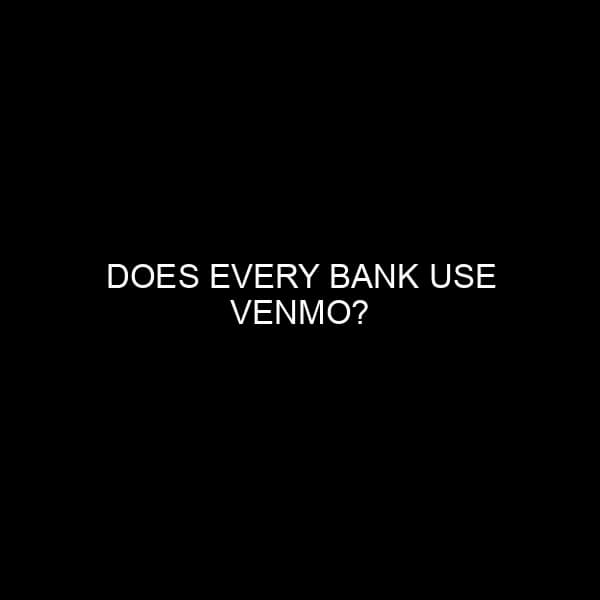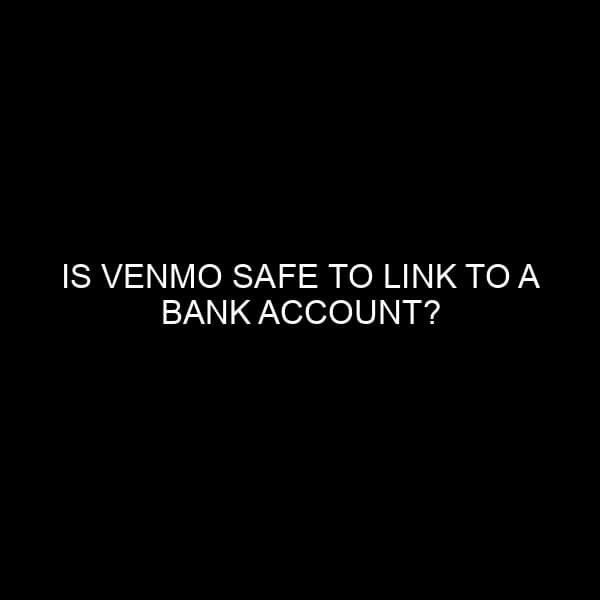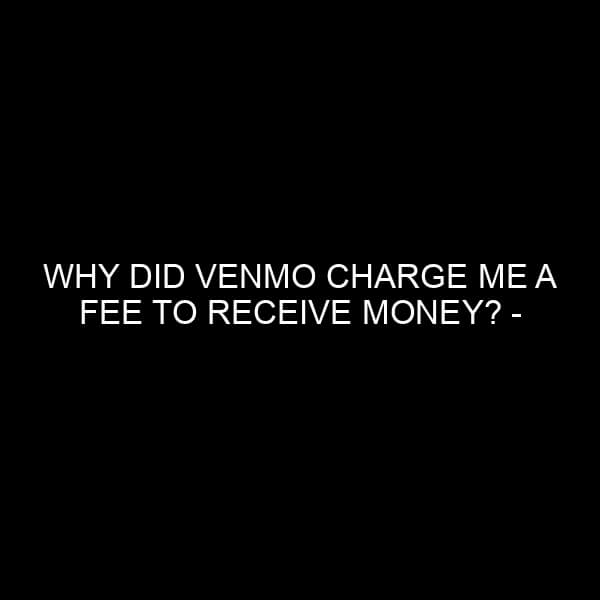Does Every Bank Use Venmo?
In today’s digital age, the way we handle money and conduct transactions has transformed immensely. One name that often pops up when discussing peer-to-peer (P2P) money transfers is “Venmo,” a mobile payment service owned by PayPal. Many wonder, “Does every bank use Venmo?” While it’s tempting to give a straightforward answer, the relationship between banks and platforms like Venmo is more intricate than one might think. With my background in the financial market and banking industry, I will provide a comprehensive insight into the integration of banks with Venmo, and by extension, other P2P platforms.
A Brief Overview of Venmo
Venmo is primarily a P2P payment platform that allows users to send and receive money from friends and family. Introduced in 2009 and later acquired by PayPal in 2013, Venmo has quickly become a popular choice, particularly among millennials, for its ease of use and social media-like interface where users can share and comment on transactions.
The Core Relationship: Venmo and Banks
To answer the central question – No, not every bank uses or integrates with Venmo. But many do. Venmo, to function effectively, collaborates with a wide range of banks and credit unions. This is essential for a user to link their bank account or debit card to their Venmo account for transactions.
Why Many Banks Integrate with Venmo
There are several reasons why many banks opt to collaborate with Venmo:
- Customer Demand: As the popularity of Venmo grows, customers want the ease of linking their bank accounts to the platform. Thus, by integrating with Venmo, banks meet their customer’s demands and ensure customer satisfaction.
- Security Concerns: By having an official integration with platforms like Venmo, banks can implement stronger security protocols, ensuring safe transactions for their customers.
- Digital Transformation: To remain relevant in today’s digital age, many banks want to showcase their modernity by integrating with popular digital platforms.
Why Some Banks Do Not Use Venmo
However, while many banks integrate with Venmo, others choose not to. Some reasons include:
- Alternative Platforms: Some banks have their own P2P platforms or might have partnered with other services. For instance, Zelle is a common P2P platform that many banks use as an alternative to Venmo.
- Operational and Compliance Concerns: Depending on the bank’s location, there might be regulatory concerns that deter a bank from integrating with Venmo.
- Technical Limitations: Older or smaller banks might lack the infrastructure to integrate seamlessly with such platforms.
The Growth of Peer-to-Peer Payment Systems
Venmo isn’t the only P2P platform out there. As mentioned, Zelle is another significant player, often backed by banks themselves. Other platforms include Cash App, Google Pay, and Apple Pay.
The rise in these platforms indicates a broader trend in banking and financial services. Consumers want instant, hassle-free methods to transfer money. While traditional bank transfers, like wire transfers, offer security, they can be slow and cumbersome. P2P platforms fill this gap, offering quick, user-friendly options.
Considerations for the Future
Considering the growing reliance on digital transactions, banks will likely continue to evolve in their approach to P2P platforms:
- Increased Collaboration: As more customers demand P2P solutions, more banks will integrate with platforms like Venmo, ensuring their services remain relevant.
- Security Enhancements: The digital age brings about its own set of security concerns. Expect both P2P platforms and banks to continually upgrade their security protocols to protect users.
- New Players in the Market: The success of platforms like Venmo might attract more players to the market, leading to increased competition and possibly more integration with banks.
Conclusion
While not every bank uses Venmo, the integration of banks with P2P platforms like it is undeniable. As the financial world continues to evolve, driven by technological advancements and consumer demands, such integrations will likely become even more commonplace. Whether you’re a consumer looking to make quick transactions or a banking professional seeking to understand the industry’s landscape, it’s essential to be aware of these dynamics and their implications for the future of banking.






